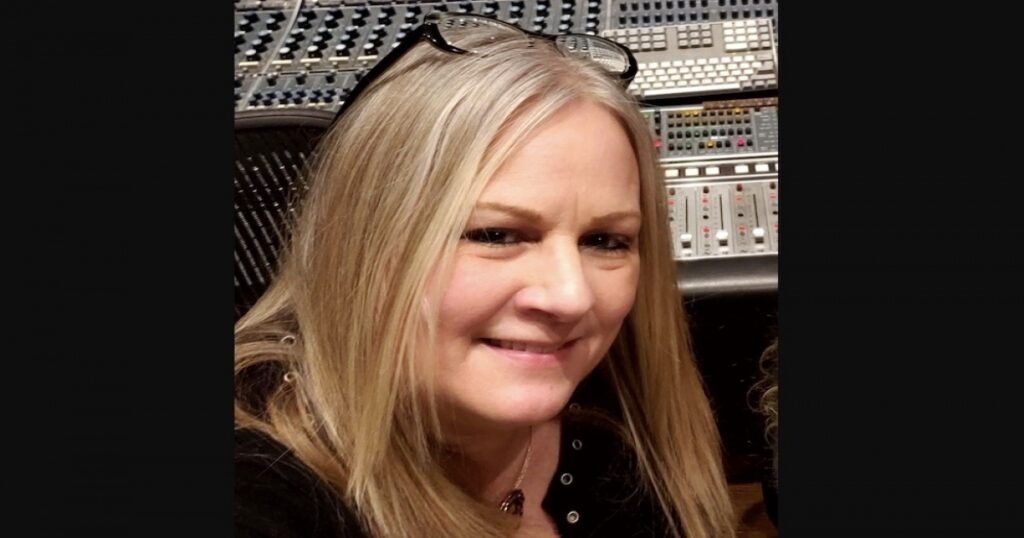Holly Hutchison is a veteran A&R executive, with more than 35 years of experience at labels like Atlantic and Capitol Records. She was an early talent identifier of major acts such as Deftones, Alanis Morissette, Blink-182 and Muse.
Hutchison’s independent consultancy, AnRGirl, uses Beatchain’s artist services platform for boutique music companies. Here, she argues that in a world where new and unsigned artists are competing for limited attention, a data-led approach is critical to cutting through the noise…
The music industry is evolving at a fast pace, driven by digital platforms and social media. Streaming services have given listeners unlimited access to millions of songs while providing artists with global reach. Yet, this massive access and distribution of digital music comes with a significant challenge: saturation. With 120,000 tracks uploaded to streaming platforms every day, cutting through the noise and capturing the attention of audiences, record labels and other music stakeholders has become more difficult than ever.
For A&R professionals and record labels, artist discovery has undergone a fundamental transformation too. Traditional scouting – once driven by industry connections and intuition – has been reshaped by AI and advanced data, redefining how talent is identified and nurtured.
While technology in music discovery is not entirely new, its impact today is much more evident. In the early 1990s, A&Rs started applying research and tech to find new acts. I certainly did it when I discovered acts such as Blink-182 in San Diego, Sixpence None the Richer with their hit Kiss Me, and rappers Khia and Drama. It also played a key role in the success of the Grammy-nominated band Saliva.
At the time, SoundScan and Broadcast Data Systems (BDS) were the primary measurement tools shaping the Billboard charts. SoundScan tracked music sales – mostly CDs – while BDS monitored airplay, showing which artists were popular in the media. These tools transformed A&R by introducing a data-driven approach to talent discovery, laying the foundation for the signing strategies we see today.
Building on these advancements, I contributed the querying data to BDS for a programme they created called A&R Robo, a tool designed to help major labels identify unsigned artists. By delivering insights into sales, airplay and audience growth, this and similar innovations helped labels make more informed signing decisions, hoping to reduce financial risks while maximising returns.
Data processing: The ultimate frontier of music discovery
Today’s music industry landscape is very different. The shift to digital has brought an explosion of data from countless sources, making it both a powerful asset and a potential source of noise. Independent artists – a $4 billion market, representing 23.21% of global music revenue – now have access to advanced analytics that were once the exclusive domain of major labels.
By using these insights, emerging artists can make smarter decisions to enhance their visibility. In an era where attention is the most valuable currency and algorithms play a defining role in success, those who understand how to use these tools have a clear advantage in the discovery process.
Despite the abundance of tools, there remains a critical gap: how to integrate data from multiple sources into a unified platform. A system that consolidates audience insights, streaming performance and engagement metrics would provide artists with a clearer roadmap for growth while facilitating the work of A&R professionals.
For A&R professionals and record labels, artist discovery has undergone a fundamental transformation
Holly Hutchison
Imagine a scenario where artists can track the success of their songs and marketing efforts through a single, intuitive dashboard that pulls data from streaming platforms like Spotify and social media channels such as Instagram, TikTok and Facebook. Now, imagine that this same data enables labels and A&Rs to identify rising talent with real audience traction. It may sound like a vision of the future, but it’s happening right now.
This industry shift is evident with the rise of white-label artist service platforms like Beatchain – my platform of choice – which provide independent artists and music companies with access to label-level analytics and the tools to self-release, promote and monetise their music—all while retaining full ownership of their rights.
A strategic vision of the future of artist development
I firmly believe that in today’s music industry, many of the functions traditionally handled by record labels can now be managed independently. Artists have access to the tools needed for marketing, promotion, distribution and audience engagement without the backing of a label. However, they still require strategic guidance and professional expertise to make sense of the overwhelming amount of available data.
Through my independent music consultancy, AnRGirl – which I founded after leaving Capitol Records in 2002 – I’ve recently partnered with Beatchain to spotlight and support independent artists with potential to connect and engage with audiences.
AnRGirl bridges the gap between major-label support and DIY independence by offering direct consultation, project management resources and access to top-tier industry professionals. With the use of Beatchain’s technology, I’ve created a platform to highlight artists who are excelling at audience growth. At the same time, I provide coaching to help them refine their identity, expand their reach and build sustainable careers.
Data tools have provided me and the artists that work with me with invaluable insights to make more strategic decisions to scale their careers on their own terms – whether they choose to release music independently or if they need to prove their ability to attract and retain an audience to position themselves for label discovery.
The days of signing artists solely based on potential are fading. Success in the modern music industry where new artists are competing for limited attention, is no longer just about making great music – it’s about working smarter to cut through the noise and let artists navigate their careers more strategically and effectively in a crowded space.

